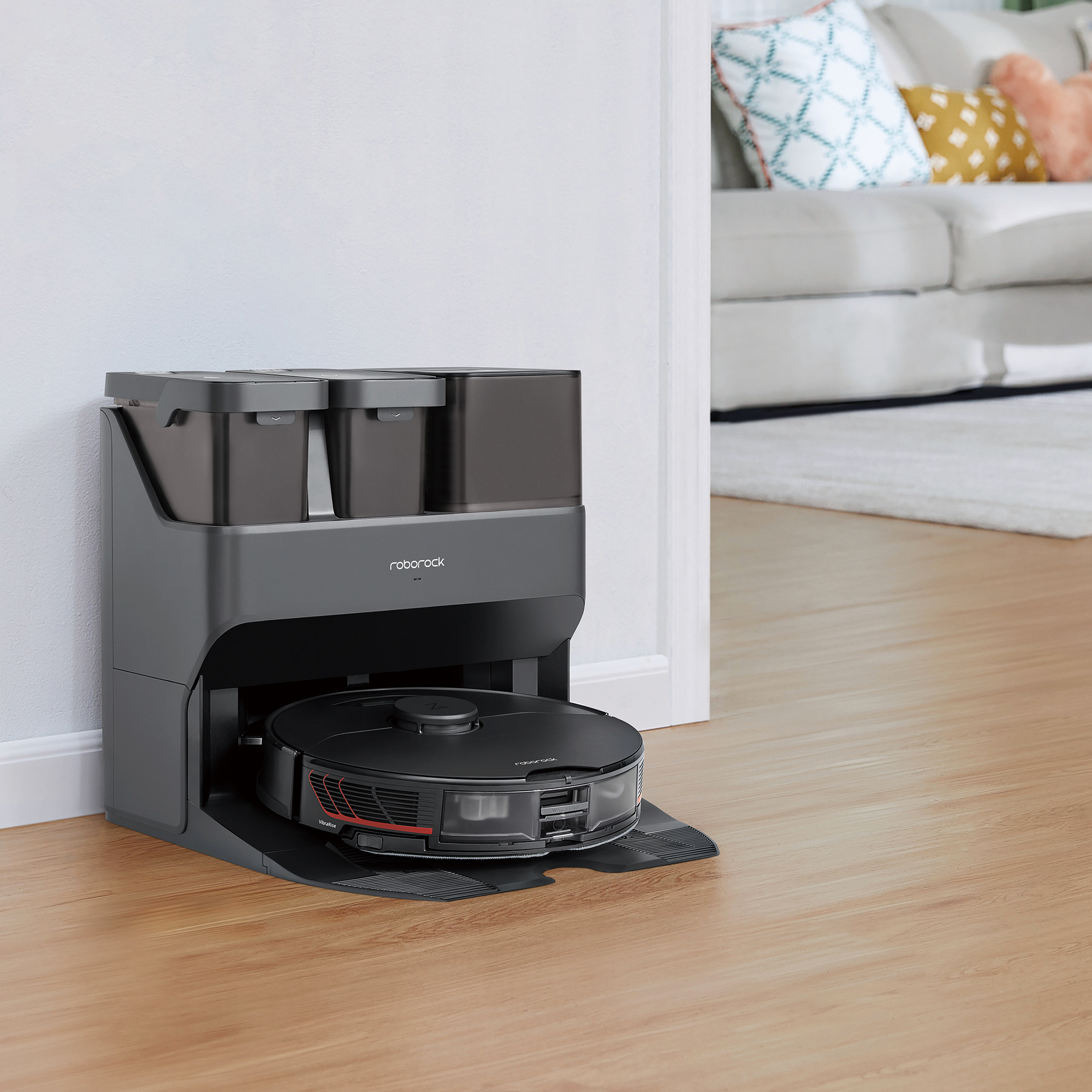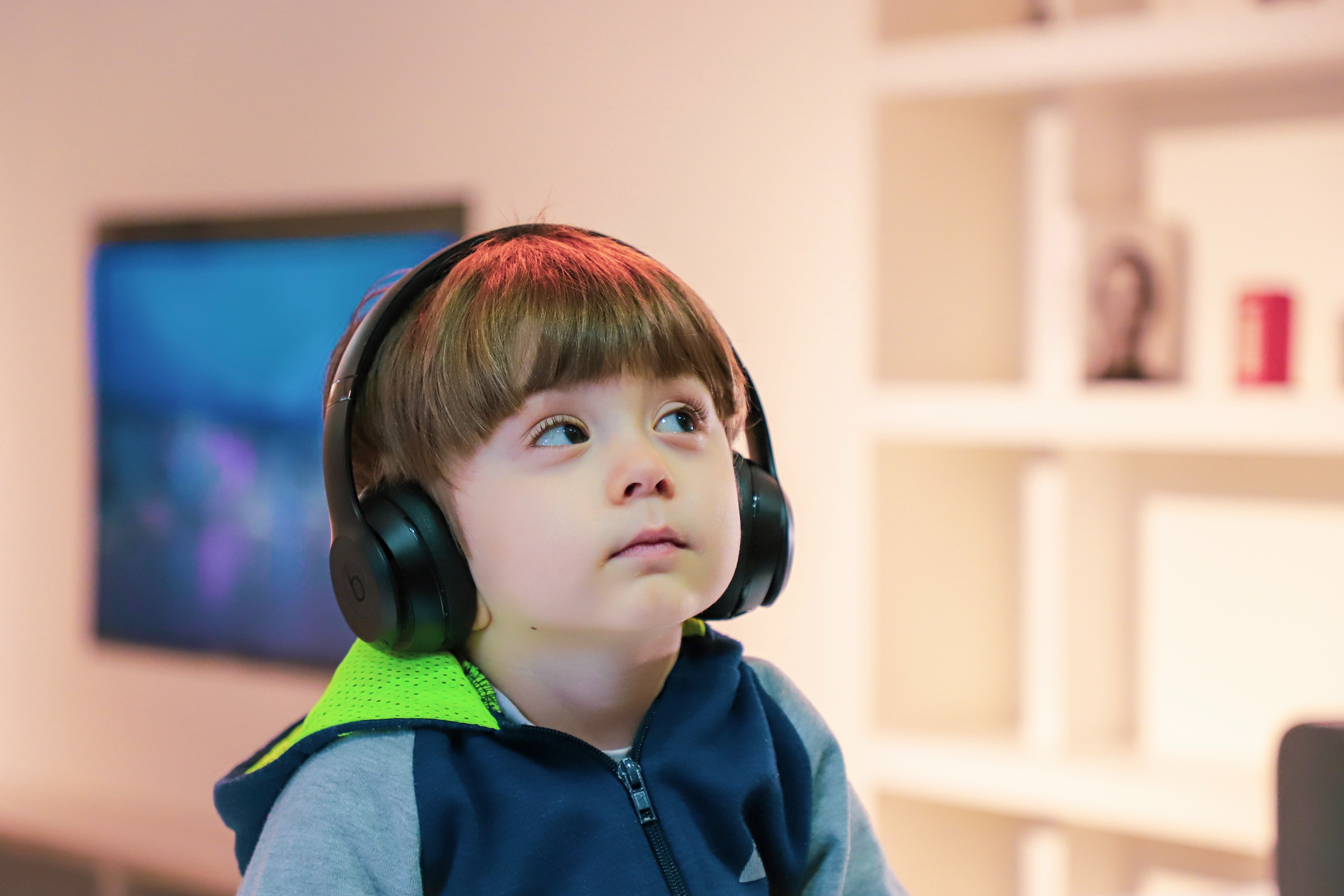Researching and deciding upon what form of pain relief you’d prefer to receive during labour is something you can speak to your midwife about before baby’s due date. Details of your chosen pain relief method can then be added to your birth plan so that any medical staff attending your labour are clued-up.
There are several forms of pain relief available for labouring mamas-to-be - the NHS, among other health service websites, has a quick guide to your pain relief options - which include gas and air, pethidine injections and an epidural, and drug-free options such as water (birthing pools) and TENS (Transcutaneous Electrical Nerve Stimulation).
The hospital bag checklist: what to pack for you and baby
Plenty of mamas-to-be use TENS during early labour, but what exactly is this method of pain control and how does it work? Let’s take a closer look...

What is a maternity TENS machine?
As mentioned above, TENS is a drug-free form of pain relief used by some women during early labour. It is not safe for use before 37 weeks of pregnancy and is not suitable for use in a birthing pool. However, once you leave the birthing pool you can reconnect your TENS electrodes (pads).
A maternity TENS machine is different to a standard TENS machine (widely used to treat various forms of pain), as a maternity TENS machine usually has four connector pads. This small pulsar device comprises a battery powered, hand-held controller that's connected, via leads, to four electrodes (adhesive pads). These pads can be placed or taped to your skin to keep them in place. The more firmly they are fixed, the more effective TENS will be for you.
A maternity TENS machine generates and transmits small and safe pulses of electrical current, via leads, to each adhesive pad. When these pads are applied to your skin and the TENS machine is activated, you'll feel a gentle fizzing or tingling of the skin as each pulse passes into your tissues and muscles.
Maternity TENS machines, such as the Bodyclock Elle TENS Machine, have different settings. This means you can choose a more intense (higher) level of pulse depending upon the intensity of labour pain you are experiencing.
TENS machines also have a boost or burst button, which enables you to experience the machine's maximum output in one hit – good for helping you through those early contractions!
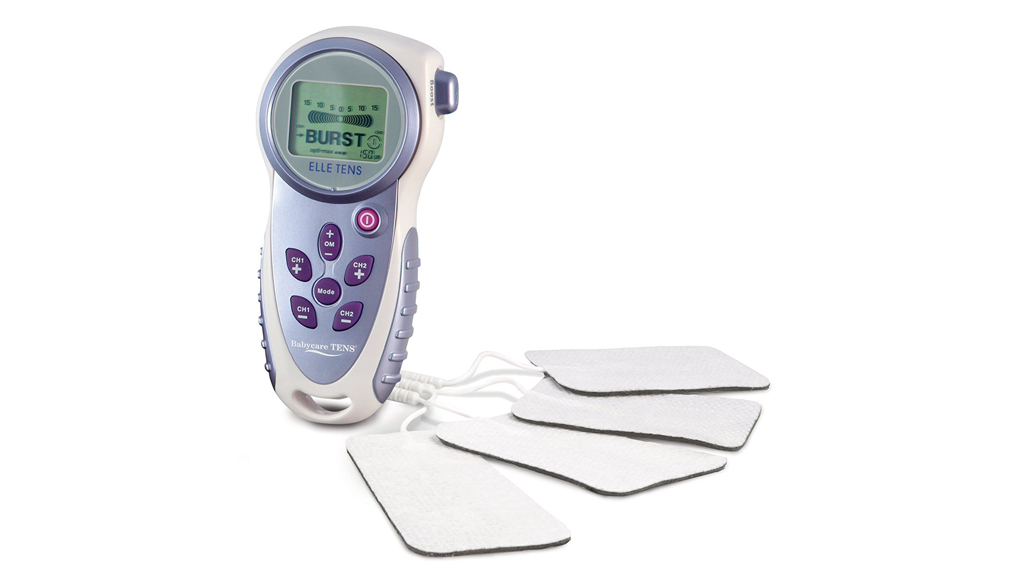
Is TENS effective during labour?
There’s no clear research or evidence to show specifically how TENS can help you cope with labour pain. Instead, healthcare practitioners state it could be a combination of factors, such as offering you a distraction from contractions, and the TENS electrical pulses stopping pain signals from reaching your brain. TENS is also thought to encourage the production and release of endorphins, nature's own pain relievers.
One in five women have used TENS during labour, so there must be something in it! The National Childbirth Trust offers more information on how TENS can help you during labour.
Although TENS is low-risk for most mamas-to-be, please speak to your midwife or doctor about your desire to use TENS during early labour if:
- You have a metal or electrical implant in your body
- You have epilepsy
- You have a heart condition
- You have irritated or broken skin where the pads will sit
- You are pre-37 weeks of pregnancy
Maternity clothes starter guide: how much do you really need?
TENS is most effective if used from early labour, as it takes around 30 minutes for you to build up enough endorphin levels. Your birthing partner could apply the TENS pads at home, easing your early labour discomfort and distractions.
You could also use the TENS machine during your journey to hospital, if you are giving birth there, and during your remaining early labour while in hospital.
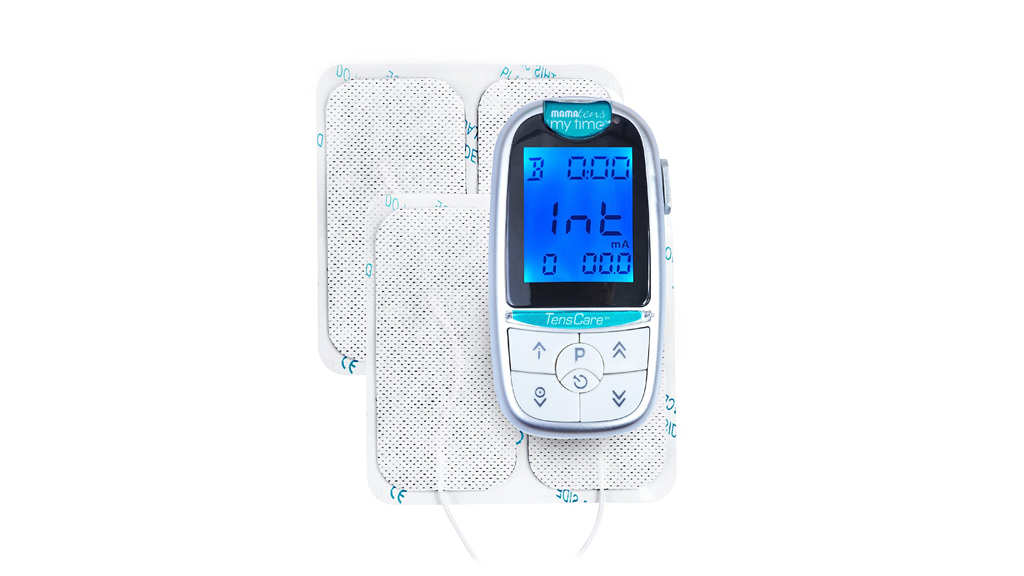
How do you use a TENS machine?
The beauty of maternity TENS machines is how small and portable they are. You can hold the machine yourself during early labour if you want full control of this natural form of pain relief, or you can hand it to your birthing partner and tell them where to position the pads and what levels to select – including when to hit that boost button!
To begin, place the four pads on your back. Two pads should sit either side of your spine, with the tip of each pad at roughly bra-strap level. Place the other two pads lower down your back and just above your bottom. Once the pads are in place, ask your birthing partner to double check the leads are connected.
Next, switch on the machine and choose the lowest setting to begin with. You can work up the various levels as your contractions gain in strength, using the boost button at the peak of each contraction for a more intense buzzing/tingling sensation. Switch off the boost function after your contraction has passed so that you can benefit from it fully at the peak of your next contraction.
The 5 best pregnancy pillows 2017
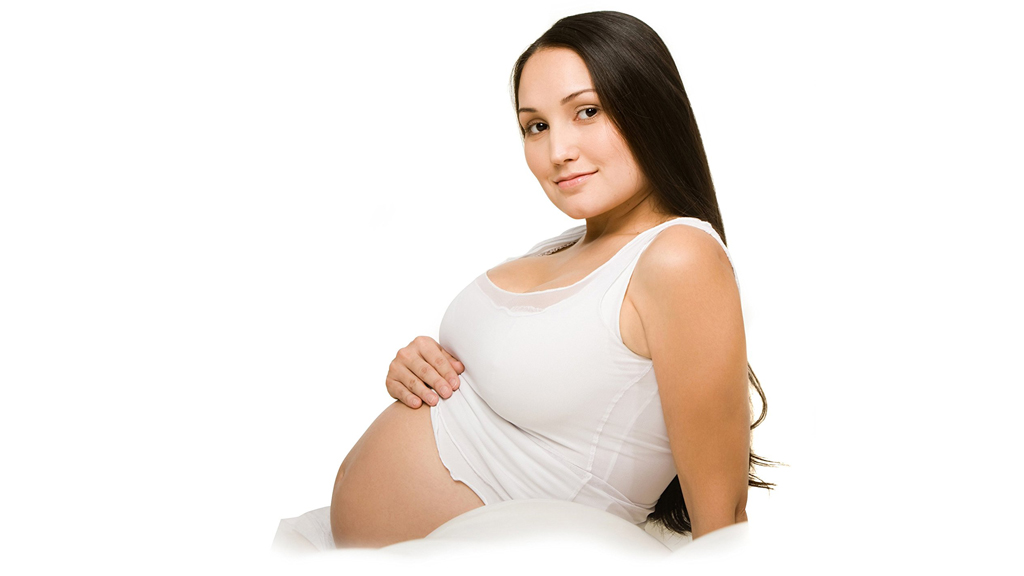
The best way to try a TENS machine before purchasing your own is to borrow one from another mama you know. TENS machines are also available for hire from national outlets and retailers such as Boots and Mothercare.
The cost of hiring a maternity TENS machine, however, is often not far off the cost of buying one outright. The Boots Maternity TENS Rental, for example, costs £30.98. Pay an extra £9 and you can own it outright.
You may not get the TENS machine you want when hiring, either, as rental stock is usually in high demand and not all brands and models of maternity TENS machine are available for hire.
Another thing to consider is the rental period. Most retailers and hire outlets have a four-week hire period. Mothercare and Boots offer a free two-week extension, available on request, if you happen to go past your due date, but not all outlets are so accommodating.
Are you planning on having another child? If so, owning your own maternity TENS machine is a reasonable investment in your future labour pain relief.
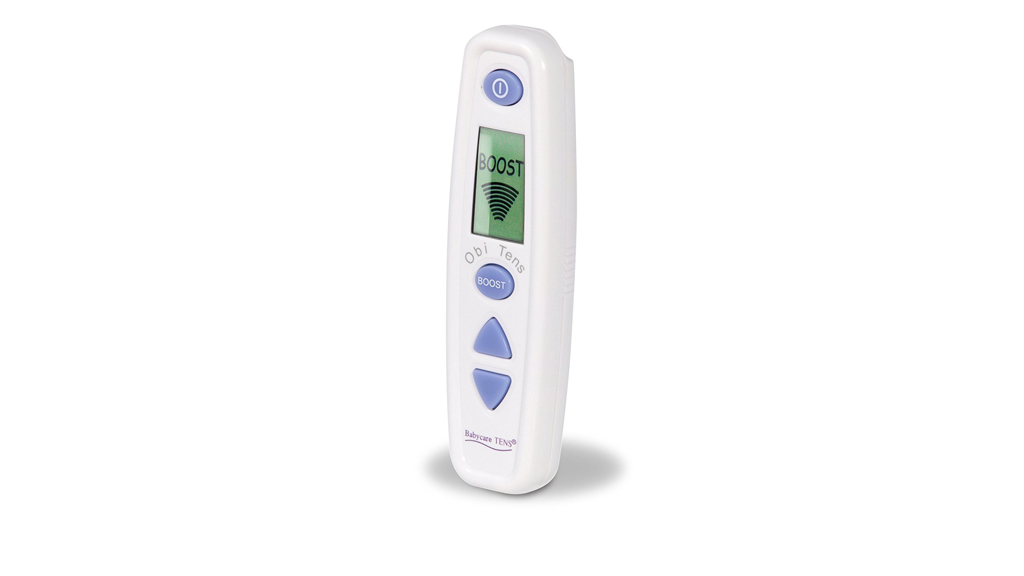
What are the best TENS machines to buy?
You don’t have to spend a fortune to buy a good maternity TENS machine. As we mention above, buying one outright is usually only marginally more expensive than hiring a TENS machine – and you can use it for any future labours, too.
TENScare is widely known for its high-quality, easy to use TENS machines, especially the MamaTens Mytime Maternity. This digital pulsar device has an integral boost button and a large, easy to read display that tells you the level it’s currently set to.
The MamaTens Mytime Maternity machine also features a labour log, a comfort strength control feature for tailored pain relief, and comes with four electrodes. You may also like the TensCare Perfect Mama Tens Maternity.
The Babycare TENS Obi Maternity has received rave reviews for its supreme ease of use and clear display, letting you know at a glance what settings are activated and whether the boost function is in use. It too comes with four electrodes (adhesive pads).
Finally, while the Bodyclock Elle TENS Machine is one of the more expensive maternity TENS machines you can buy, it’s fully set-up with a soft carrying pouch, extra adhesive pads and spare batteries. The Bodyclock Elle TENS Machine features dual intensity controls for independent flexibility over the mid and lower back electrodes and has the much-needed booster button.
7 things to consider when buying a pram, buggy or pushchair



